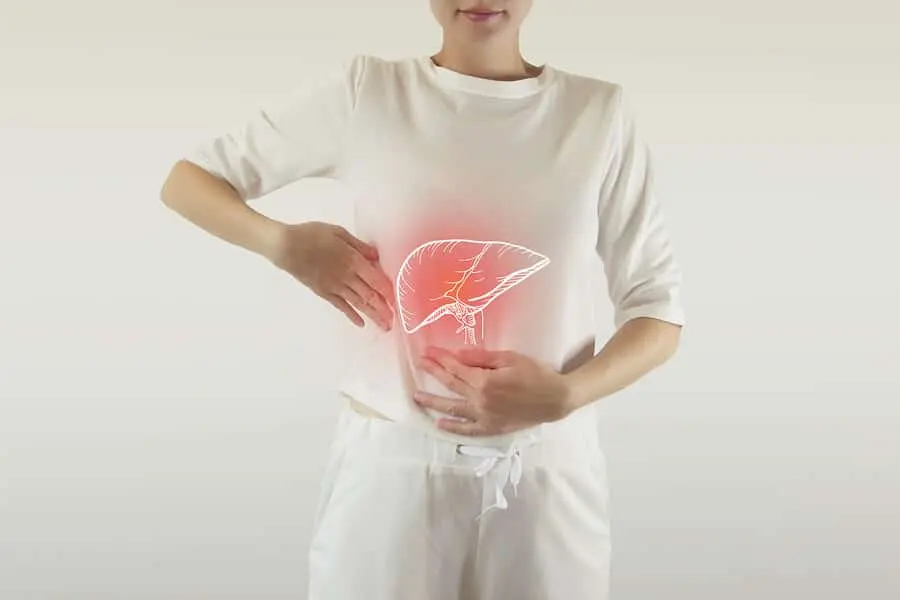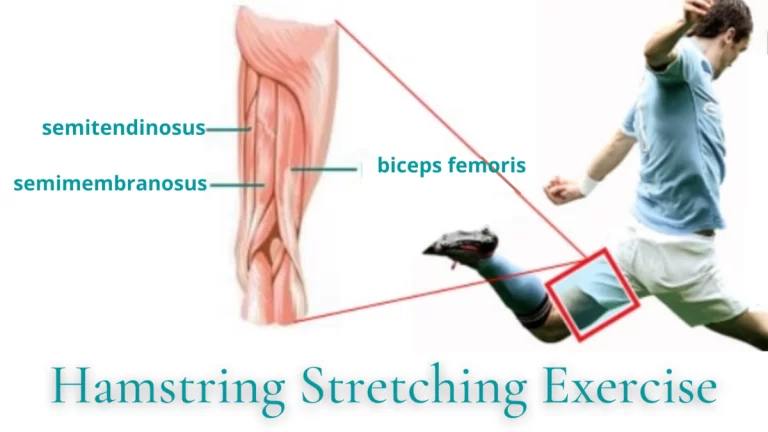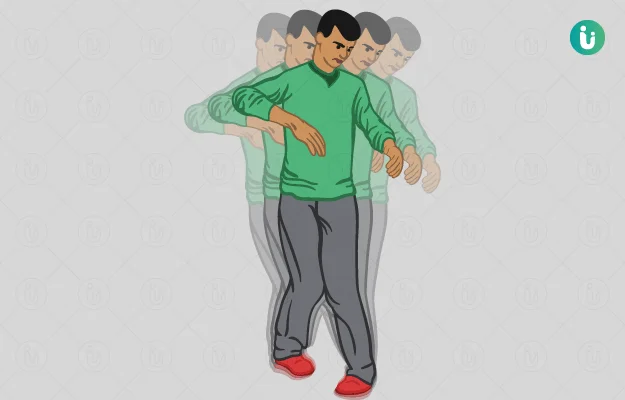Liver Pain
Introduction
One of the most significant organs in the human body, the liver serves several essential functions. Infections are fought off, blood is cleansed and waste is eliminated, among other things. It maintains the metabolism and possesses the unique capacity to self-repair damage. On the other hand, if the liver malfunctions, it might be fatal.
Liver pain is a condition that some people may experience for a variety of causes. To avoid permanent problems, it is crucial to identify the main causes of liver pain and receive liver pain therapy.
Nothing senses pain in the liver. In addition to being localized in the abdomen, liver discomfort can also radiate to other parts of the body, such as the shoulders or back. Breathing difficulty or severe pain are symptoms of several illnesses.
When things hurt, we frequently receive assistance. However, it can be challenging to identify the cause of discomfort and choose whether to consult a physician regarding the liver.
Usually, liver discomfort is not localized; rather, it is widespread. This article will discuss the symptoms of liver discomfort, the disorders that might cause it, and what to do if you think your liver is malfunctioning.
What does the liver do?
At around three pounds, the liver is the biggest solid organ in your body. It functions as a primary filter for your body, clearing toxins or dangerous chemicals and regulating metabolism.
In addition to producing and storing proteins like albumin, which is essential for controlling blood volume and fluid balance in the body, the liver also creates bile, a digestive fluid.
Furthermore, the liver stores and controls:
- proteins (platelets) which assist in clotting
- proteins and other materials that support immune system activity
- fat-soluble vitamins
- surplus blood sugar that is converted to glycogen over time
- You’ll suffer from issues like toxic accumulation, uncontrollable bleeding due to inadequate blood coagulation, and a rise in infections if your liver isn’t working well.
Why does an individual have liver pain?
Pain in the liver may indicate issues with the liver or other organs. The following illnesses can directly impact the liver and cause pain:
- excessive alcohol intake cirrhosis, nonalcoholic fatty liver disease, hepatitis, or liver inflammation
- nonalcoholic fatty liver disease
- cirrhosis
- Reye’s syndrome results in hemochromatosis, an excess of iron accumulation, liver cancer, and enlargement of the liver and brain.
- Budd-Chiari syndrome, in which the liver’s veins become clogged
- Wilson’s disease, which results in an excess of copper building up in the portal vein, can cause portal vein thrombosis, a liver abscess, or an infection pocket.
- hepatic cysts, or growths resembling sacs
- liver damage or injury
- There are several reasons for liver disease, such as:
- infection
- issues with the immune system
- genetic components
- hazardous side effects of drugs
- cancer
- persistent consumption of alcohol
- accumulation of fat in the liver
The following variables raise the chance of having liver disease or a complication associated with it:
- heavy alcohol use
- injecting drugs or sharing needles
- unprotected sex
- exposure to certain chemicals or toxins
- diabetes
- obesity
Liver pain and liver disease
Liver discomfort can range in intensity from mild to severe, dull, and vague. That might give you back pain. Sometimes, discomfort in the right shoulder, abdomen, or kidney is mistaken for liver pain.
Liver pain can be caused by a variety of liver illnesses as well as other organ disorders. Liver damage may result from some of them. The liver may eventually quit working if medication is not received.
Any ailment that damages or inflames the liver and may impair liver function is referred to as liver disease. Liver disease is frequently indicated by liver discomfort.
Being mindful of liver pain and other symptoms that may indicate a liver ailment is vital since liver disease symptoms frequently do not manifest until the illness is advanced.
Liver pain can be caused by more than 100 distinct forms of liver disease. Here are a few instances of this kind of disease:
Cholangitis
The bile duct system becomes inflamed in cholangitis, which is typically brought on by a bacterial infection. Bile is transported to the small intestine by the bile duct, which empties it from the liver and gallbladder.
This drainage system experiences pressure buildup due to cholelithiasis infection. It often suggests that the system is obstructed or blocked.
Stones, tumors, blood clots, or bacterial overflow might be the cause of this.
Hepatitis
The term “hepatitis” refers to liver inflammation. While viruses are the most frequent cause, there are other reasons as well, including as strong alcohol consumption, pollutants, certain drugs, and certain medical disorders.
The hepatitis virus comes in several varieties.
In the United States, hepatitis A, B, and C are the most prevalent forms of viral hepatitis, according to the CDC.
Chronic hepatitis, which is brought on by hepatitis B, C, and D, can finally result in cirrhosis, liver failure, and liver cancer.
- Hepatitis A is spread by consuming tainted food or drink, and it is discovered in the feces of an infected individual.
- Blood and semen are examples of bodily fluids that can spread hepatitis B.
- Blood infections can spread the hepatitis C virus, and sexual transmission can also occur.
- The only people who get hepatitis D are individuals who have already contracted hepatitis B.
- It is possible to get hepatitis E by eating or drinking water that has been contaminated.
- The result of the immune system attacking the liver cells is autoimmune hepatitis.
- There are two types of hepatitis: acute, which is abrupt and transient, and chronic, which is persistent and long-lasting.
Liver abscess
A pocket of pus or infected fluid that develops in the liver is called a hepatic abscess. A fungal infection, parasitic infection, or bacterial infection can all result in abscesses.
An abscess can cause bleeding, further infections, damage to surrounding tissue, and even death. Antibiotics and antifungal medications, as well as draining the abscess, may be used as treatments.
Regular imaging studies of the liver are carried out to confirm that the abscess has disappeared and that no long-term harm has occurred.
Cirrhosis
The liver is permanently scarred by cirrhosis. The long-term damage causes the liver to gradually deteriorate and lose its ability to function normally.
The good liver tissue is gradually replaced by scar tissue, which might obstruct the liver’s ability to filter blood. Damaged cells in the liver can regenerate. The liver cannot heal itself entirely if the injury is too great or persistent; instead, scar tissue is produced.
Although cirrhosis progresses gradually, the liver eventually fails. This may result in end-stage liver disease, in which the liver is unable to carry out essential processes, or chronic liver failure.
Budd-Chiari syndrome
Blood clots in this uncommon liver illness prevent blood from leaving the liver.
When blood clots in the liver, the organ swells. The spleen may also expand in some circumstances.
The portal vein’s blood pressure rises as a result of the blood accumulation. This vein is in charge of transferring blood from the intestines to the liver. Portal hypertension is the name given to this rise in blood pressure.
Fluid accumulates in the belly as a result of portal hypertension. The blood flow from the liver to the heart slows down or stops as a result of the clogged veins.
Cirrhosis or liver scarring might also occur.
Individuals with a higher propensity for blood clotting are also more vulnerable to Budd-Chiari syndrome. This covers persons who are expecting as well as those who have an infection, coagulation issues, tumors, or chronic inflammatory diseases.
The effect of alcohol
The American Liver Foundation states that the most common cause of cirrhosis in the United States is long-term alcohol abuse.
Alcohol is normally eliminated from the body via the liver after being broken down. The liver can become damaged or even destroyed if an individual drinks more alcohol than their body can metabolize.
An excessive amount of alcohol use can cause the liver to become inflamed and fatty, which can lead to alcoholic cirrhosis.
Alcohol-related cirrhosis cannot be reversed, not even after drinking has stopped, however abstaining from alcohol might limit future damage and potentially alleviate symptoms.
How is a diagnosis made for liver pain?
Being honest with your doctor about all of your prescriptions, food intake, and alcohol consumption is essential for maintaining the health of your liver. All of them may increase your chance of liver disease.
If you’re making decisions that might have an impact on the health of your liver, speak with a doctor so that you can receive the necessary immunizations and tests in addition to assistance.
Your doctor may want to schedule routine blood tests and physical examinations if you are at risk of liver disease or have a family history of liver issues. Liver disease examinations may involve the following tests:
- a visual assessment for any edema or inflammation in the abdomen and a jaundice check of the skin and eyes
- liver function tests
- ultrasound
- CT scans
- MRI
- liver biopsy
- A gastroenterologist, a medical specialist in disorders of the liver and digestive system, may be necessary to do specific tests and to provide you with ongoing monitoring.
Transient elastography is one test that may be used to particularly examine the liver; it can assess the stiffness of the liver and look for signs of cirrhosis.
Methods for Treating Liver Pain
The underlying reason for your discomfort will determine how to treat your liver pain. Treatment options for diseases such as cirrhosis, fatty liver disease, viral hepatitis, and liver cancer may include medication, lifestyle modifications, or surgery.
Since the majority of liver disorders are chronic and progressive, the main goals of treatment are to manage symptoms, stop more liver damage from occurring, and limit the disease’s course. Your physician could suggest the following lifestyle modifications to help maintain the health of your liver:
- Limiting consumption of foods heavy in sugar, fat, and salt and maintaining a balanced diet
- Engaging in consistent physical exercise or mobility during the week
- Drinking plenty of water
- Avoiding alcohol
To treat liver discomfort, your doctor could also suggest over-the-counter (OTC) or prescription drugs. Before taking any medicine for liver pain, it’s crucial to see a doctor because some drugs have the potential to damage the liver.
When taken in moderation (no more than 2 grams daily), Tylenol (acetaminophen) is an over-the-counter pain reliever that is safe for individuals with liver disease, provided that your healthcare professional has given you the all-clear to start taking medicine. If you suffer from liver illness, it is advisable to stay away from non-steroidal anti-inflammatory medicines (NSAIDs), such as Motrin (ibuprofen), as they have the potential to harm your liver.21
Sometimes over-the-counter medications don’t help with liver apprehension In certain situations, your doctor could suggest the following prescription drugs:
- Horizant (gabapentin)
- Lyrica (pregabalin)
- Oxycontin (oxycodone)
When to Speak With a Medical Professional?
If you have chronic or recurrent discomfort in your upper right abdomen, you should consult a doctor since it might indicate a liver problem. Seek immediate medical assistance if you have liver discomfort in addition to any other symptoms, such as:
- skin and eye yellowing that is not well explained
- persistent weakness and exhaustion
- Color changes in the urine or feces (e.g., pale stools, dark urine)
- prolonged nausea and vomiting
- Bloating or edema in the abdomen
- Liver discomfort can occasionally be excruciating and necessitate immediate medical intervention. If any of the following symptoms apply to you, you should see an urgent care facility or the emergency room:19
- Severe, abrupt liver pain or tenderness that travels to your shoulder or back
- Fainting or confusion
- sticky stools or blood in the vomit
- elevated temperature and jaundice
- breathing difficulties excruciating discomfort, particularly in the abdomen
- pale, reddish, or tar-colored feces; black urine
- vomiting and nauseousness; loss of weight
- skin that is yellow-colored
- extreme sensitivity in the abdomen when touched
- edema in the legs and ankles or the abdomen
- itchy skin
- chronic fatigue
- loss of appetite
Risk Factors and Prevention
You run an increased chance of developing liver pain if you use large amounts of alcohol, have liver disease in your family, or are overweight.
Modifications in lifestyle for improved liver health are necessary
Are you wondering how to improve the health of your liver and prevent liver pain? Here are some pointers for living:
- Reduce alcohol intake: One of the best strategies to prevent liver damage and discomfort is to reduce alcohol intake.
- Keep your weight in check to reduce your risk of developing fatty liver disease and other associated conditions.
- Eating a balanced diet: Reducing your intake of processed foods and increasing your intake of fruits, whole grains, lean protein, and healthy fats will help your liver function properly.
Daily exercise: Exercise regularly improves liver health and function overall and aids in weight control.
Overview
Liver pain may be the cause of pain in the upper right abdomen and area directly below the rib cage. Hepatitis, cirrhosis, fatty liver disease, liver cancer, blockage of the bile duct, and liver cysts or abscesses are among the common causes of liver discomfort.
If you have chronic tiredness, jaundice, unexplained weight loss, or other indications of liver disease in addition to persistent liver discomfort, see a healthcare professional. In addition to helping you identify the source of your liver pain, your healthcare provider may help you create a treatment plan that will relieve your symptoms and stop or reduce the advancement of liver disease.
FAQs
What does pain in the liver feel like?
What Is the Feeling of Liver Pain? Signs and Potential…
A common description of liver pain is a throbbing or stabbing feeling in the upper right abdomen or back. The liver is in charge of several critical processes, including metabolism, detoxification, and the synthesis of necessary proteins.
How to relieve liver pain?
Should your liver pain stem from transient issues related to your food or alcohol use, the following natural therapies may be beneficial:
consuming more water.
Steer clear of booze.
avoiding meals high in fat.
To relieve strain on your liver, evaluate your posture and sit up straight.
getting adequate protein in their diet.
monitoring your cholesterol.
Does a fatty liver cause pain?
Although the liver naturally has some fat, fatty liver disease can result from an excessive accumulation of fat. In addition to causing discomfort, weight loss, exhaustion, and swelling in the belly or abdomen, fatty liver disease can also impair liver function. When the liver has more than 5% fat, fatty liver disease may result.
What are some warning signs of a damaged liver?
Early signs and symptoms
include feeling overall exhausted and ill all the time.
appetite decreases.
weight reduction along with muscular atrophy.
experiencing nausea and vomiting when ill.
soreness or discomfort around the liver.
tiny blood capillaries on the skin above the waist that resemble spiders (spider angiomas)
splotchy red palms.
disrupted sleep cycles.
Is liver pain serious?
Get your liver pain checked out if it starts suddenly, aches excessively, lasts a long period, or prevents you from doing your everyday activities. Jaundice is another indication that you should get medical attention right now—high temperature.
References
- Why Does Your Liver Hurt? Health. https://www.health.com/liver-pain
- What to know about liver pain. https://www.medicalnewstoday.com/articles
- What Does Liver Pain Feel Like? Symptoms and Possible Conditions Explained. https://pharmeasy.in/blog/what-does-liver-pain-feel-like-symptoms-and-possible-conditions-explained
- Liver Pain. Healthline. https://www.healthline.com/health/liver-pain
- Liver Pain: Major Symptoms Treatment & Causes – https://psrihospital.com/liver-pain-major-symptoms-treatment-and-causes







